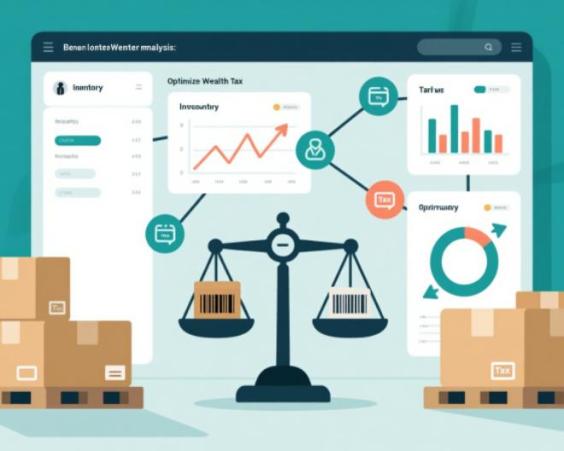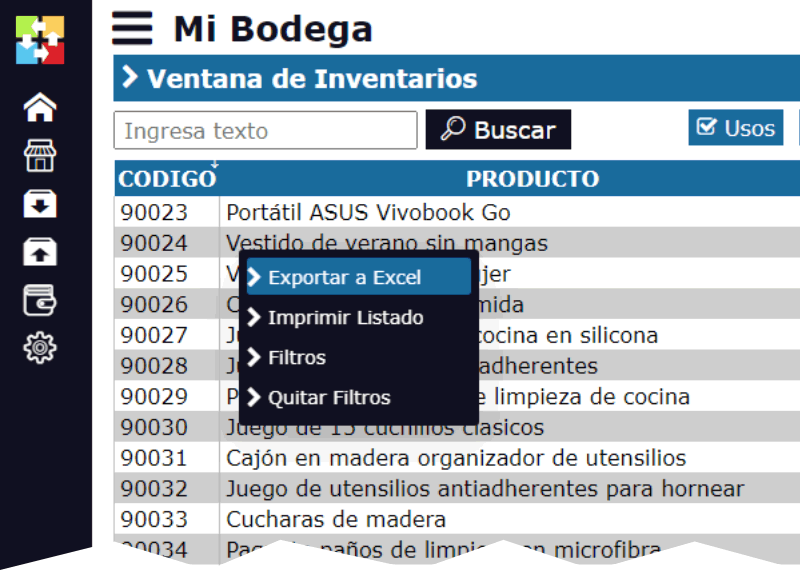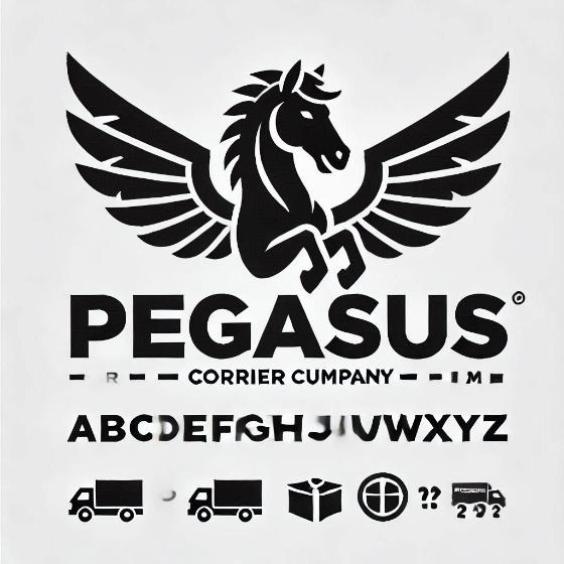How to Use Inventory Analysis to Optimize Wealth Tax
The wealth tax is a complex and delicate topic that can have a significant impact on the economy of businesses and individuals. One effective way to optimize wealth tax is through inventory analysis. In this article, we will explore how to use inventory analysis to reduce wealth tax and improve the profitability of your business.

What is inventory analysis?
Inventory analysis is a process that involves evaluating and managing a company's inventory to maximize efficiency and reduce costs. This includes identifying the most profitable products, determining optimal inventory levels, and implementing strategies to reduce obsolescence and inventory loss.
How does inventory analysis relate to wealth tax?
Inventory analysis is related to wealth tax in several ways. Firstly, the value of inventory is an important component of a company's assets, and therefore, is included in the tax base of the wealth tax. Secondly, efficient inventory management can help reduce the value of inventory and, therefore, reduce wealth tax.
Benefits of inventory analysis for optimizing wealth tax
Inventory analysis can provide several benefits for optimizing wealth tax, including:
- Reducing inventory value: By identifying and eliminating obsolete or unprofitable products, companies can reduce the value of inventory and, therefore, reduce wealth tax.
- Improving efficiency: Inventory analysis can help companies identify areas of inefficiency and implement strategies to improve inventory management, which can reduce costs and improve profitability.
- Reducing obsolescence: Inventory analysis can help companies identify products that are at risk of obsolescence and take measures to reduce inventory loss.
- Improving tax planning: Inventory analysis can provide valuable information for tax planning, which can help companies make informed decisions about inventory management and wealth tax reduction.
Steps to implement inventory analysis for optimizing wealth tax
To implement inventory analysis for optimizing wealth tax, follow these steps:
- Identify the most profitable products: Analyze the products that generate the most revenue and profits for your company.
- Determine optimal inventory levels: Use inventory analysis tools to determine optimal inventory levels for each product.
- Implement strategies to reduce obsolescence: Develop strategies to reduce obsolescence and inventory loss, such as inventory rotation and selling obsolete products.
- Monitor and adjust: Regularly monitor inventory and adjust strategies as needed to ensure that wealth tax reduction goals are being met.
Conclusion
Inventory analysis is a powerful tool for optimizing wealth tax. By identifying and eliminating obsolete or unprofitable products, improving efficiency, reducing obsolescence, and improving tax planning, companies can reduce the value of inventory and, therefore, reduce wealth tax. By following the steps outlined in this article, companies can implement an effective inventory analysis and achieve their wealth tax reduction goals.





